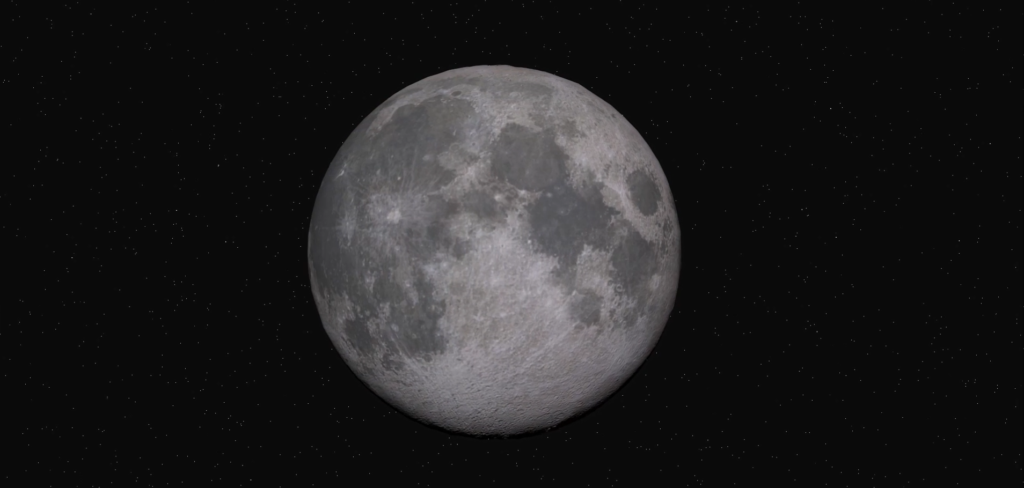The Moon
Earth’s Own Companion
Hey there, fellow adventurers! We’re going to embark on an incredible journey to one of the most mesmerizing celestial bodies in our night sky, Earth’s Moon!
The Moon, our closest cosmic companion, has captivated human imagination since time immemorial. Its silvery glow and enigmatic presence have inspired countless people who have written poems, and scientific research papers and exploration plans. We will look at some of the wonders of our lunar neighbor.
Did you know that the Moon is about 238,900 miles away from Earth? It may seem far, but in the grand scale of the universe, it’s actually relatively close. It is Earth’s only natural satellite, orbiting around us like a faithful partner.
The Moon’s surface is a fascinating sight to behold. It’s covered in craters, mountains, and vast plains known as “maria” that were formed by ancient volcanic activity. These features give the Moon its distinctive appearance and have provided scientists with clues about the history of our solar system.

Still grab from animation by J.J. Del Mar
Moon Exploration
The Moon has been a destination for humanity’s greatest achievements. The Apollo missions of the 1960s and 1970s marked a turning point on mankind’s space exploration. Astronauts like Neil Armstrong and Buzz Aldrin made history by taking those famous “small steps” on Earth’s companion.
One of the most awe-inspiring experiences for future astronauts would be witnessing the Earthrise from the Moon. Can you imagine seeing our beautiful blue planet hanging majestically in the lunar sky?
Thanks to virtual reality, we can now experience a simulated Moonwalk. With a virtual reality headset, you can get a taste of what it’s like to walk on the Moon’s surface. That’s incredible! Would you picture yourselves walking on the lunar surface! The low-gravity environment and the surreal landscapes make it a truly otherworldly experience.
Rotation
Though we on Earth never get to see the far side of the moon. Our satellite, Luna, does rotate. This is how the moon looks when it rotates, only not from Earth.
Moon Rotation Animation | Rediscovered Astronomy
For this animation multiple layers were processed into a single render of the moon. Color and bump maps were processed separately.The old surface maps were layered with the new ones as some of the maps were not cleaned. Despite this challenge, no drawing was applied to clean. All of the surface shows maps released by NASA.
As we wrap up our lunar adventure, it’s important to remember that the Moon not only holds scientific significance but also plays a role in shaping Earth’s tides and stabilizing our planet’s axial tilt. Its presence has had a profound impact on Earth’s history and continues to inspire future space exploration.
We hope you have enjoyed our journey to the Moon.
Don’t forget to like, subscribe to our YouTube channel, and hit that notification bell to join us on more exciting space explorations.
Keep dreaming and reaching for the stars!
Acknowledgements
NASA
ESA
Thanks to JJ Del Mar for his contribution to this page.
#Moon media made possible by WL Media USA
© 2024 Rediscovered Astronomy
